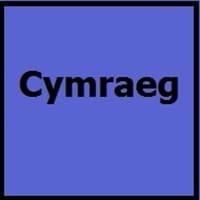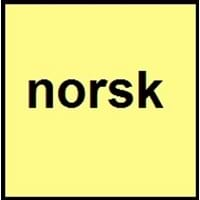Welsh and Norwegian
- One of the Celtic language still spoken with great numbers of speakers is Welsh language.
- Welsh was evolved from British , which was spoken by ancient Britons.
- Bergen is one of the Norwegian dialect which has only two genders: common and neuter.
- Since Norwegian language uses pitch accents, it has musical quality and are sometimes employed to distinguish the meanings of homonyms.
All Welsh and Norwegian Dialects
Most languages have dialects where each dialect differ from other dialect with respect to grammar and vocabulary. Here you will get to know all Welsh and Norwegian dialects. Various dialects of Welsh and Norwegian language differ in their pronunciations and words. Dialects of Welsh are spoken in different Welsh Speaking Countries whereas Norwegian Dialects are spoken in different Norwegian speaking countries. Also the number of people speaking Welsh vs Norwegian Dialects varies from few thousands to many millions. Some of the Welsh dialects include: Patagonian Welsh, Y Wyndodeg. Norwegian dialects include: Jamtlandic , Sognamål. Also learn about dialects in South American Languages and North American Languages.
Welsh and Norwegian Speaking population
Welsh and Norwegian speaking population is one of the factors based on which Welsh and Norwegian languages can be compared. The total count of Welsh and Norwegian Speaking population in percentage is also given. The percentage of people speaking Welsh language is Not Available whereas the percentage of people speaking Norwegian language is Not Available. When we compare the speaking population of any two languages we get to know which of two languages is more popular. Find more details about how many people speak Welsh and Norwegian on Welsh vs Norwegian where you will get native speakers, speaking population in percentage and native names.
Welsh and Norwegian Language Codes
Welsh and Norwegian language codes are used in those applications where using language names are tedious. Welsh and Norwegian Language Codes include all the international language codes, glottocodes and linguasphere.





